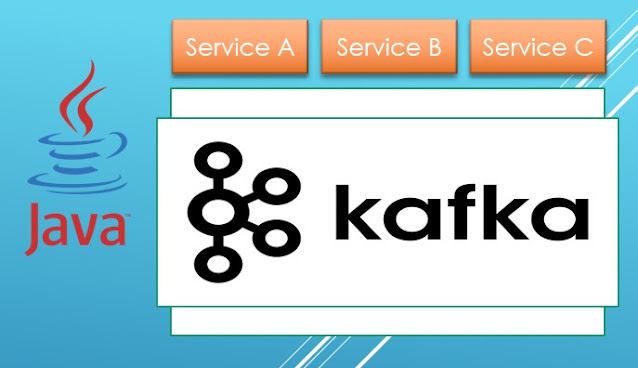How To Install MySQL On Windows
Installing MySQL on Windows is not hard at all, you just need to download the installer, next and next and ok. It's that easy. So how could some people unable to install MySQL?
Click next again, then execute until process is finished.
When it's asking to connect to server type in user root with password you choose earlier.
Let's talk about MySQL first, it is basically just database, a structured relational database, which means that it is storage for your data in a structured way. So for example if you want to manage your inventory, than it relates to it supplier, then supplier relates to it's owner, it's address, MySQL can manage those data much more easier.
How to install MySQL:
1. Go to MySQL official download page https://dev.mysql.com/downloads. Choose MySQL Community Server and click download link.
2. Scroll down and click go to download page of windows installer.
3. Scroll down again and click download button on Windows (x86, 32-bit), MSI Installer (mysql-installer-community-8.0.13.0.msi)
4. MySQL want you to log in to their system if you have MySQL account, but on this tutorial, we can just click "No thanks, just start my download" link, then let the download process finished.
5. Click on the downloaded file, and then begin the installation of MySQL. When it prompt to choose setup type, you choose full then next and next until it's prompting you to input a password.
6. Type the password you want, but make sure it at least 8 characters length and at least contains 1 non alpha-numeric number, and 1 capital letter. For example : @Password123
When it's asking to connect to server type in user root with password you choose earlier.
After finishing installation, close the installer and your installation is success, now you can using MySQL on your computer. It has MySQL Workbench to manage your data. You can find MySQL workbench on start menu then open it. You can go to this tutorial how to use MySQL workbench to have more detail.









